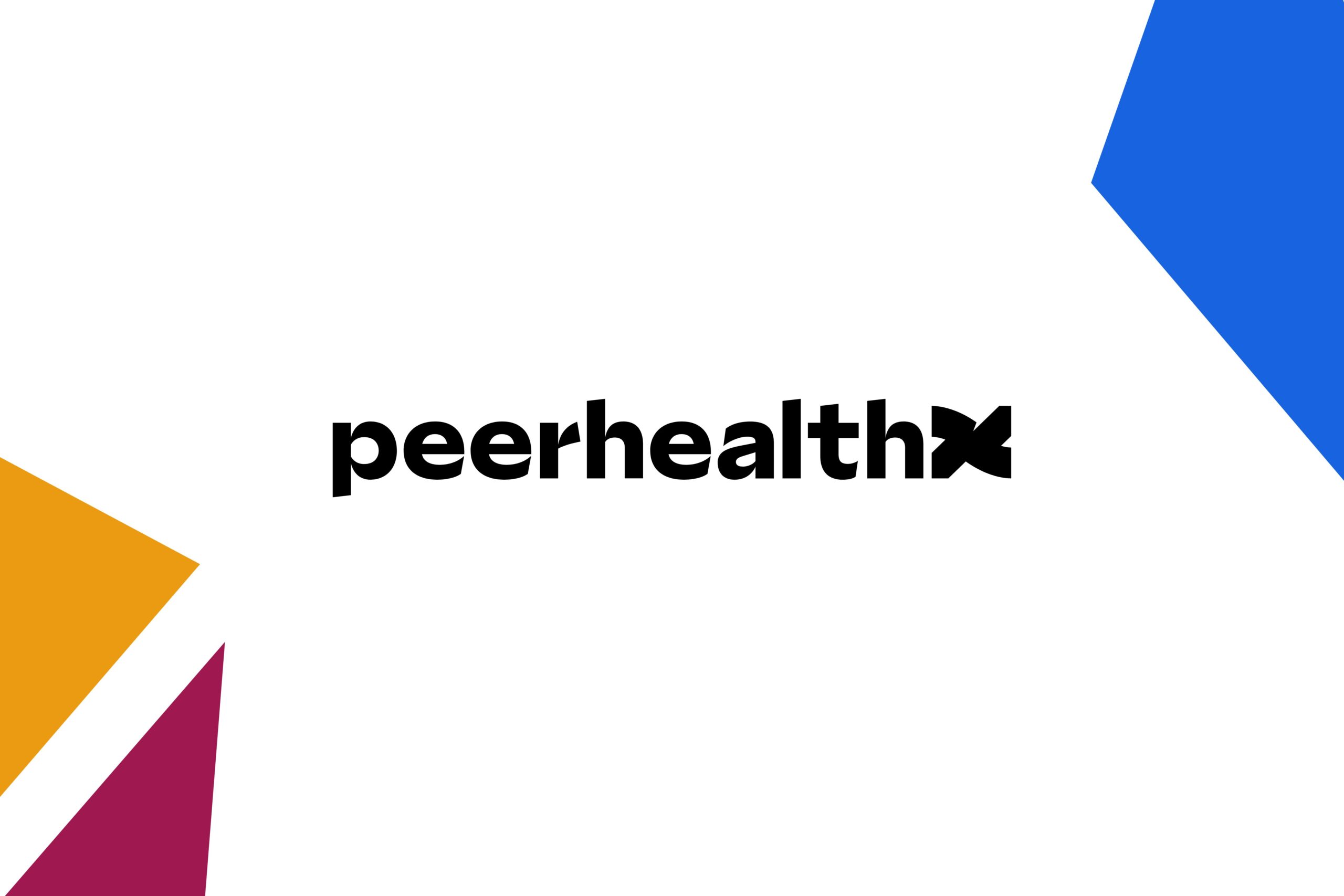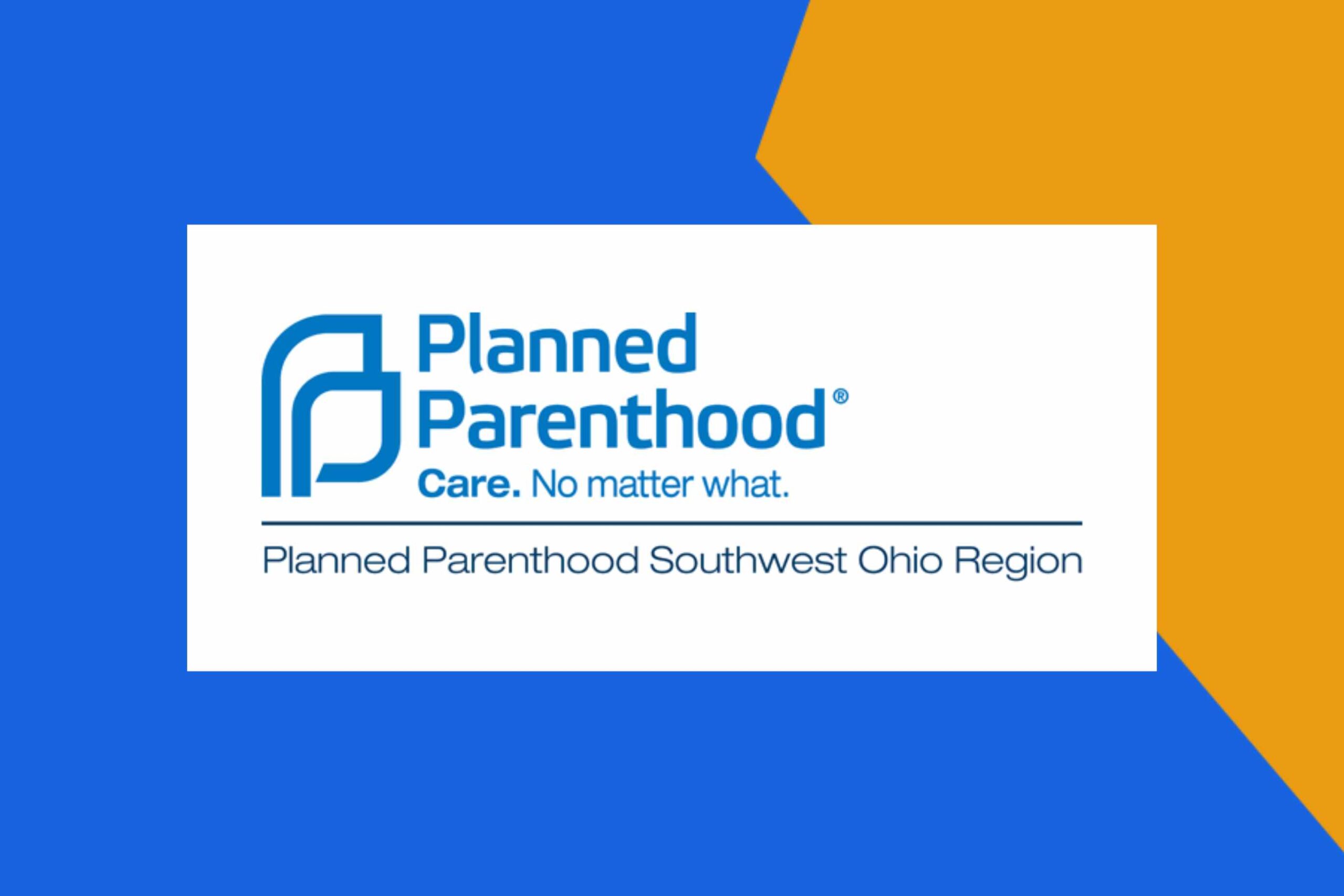
The Art of Fair Hiring: Mitigate Bias with Smart Strategies
We’re all familiar with the pervasive influence of bias in our lives, whether it’s in our personal interactions or our daily conversations. As responsible individuals who seek to be equitable community members, we actively work to minimize our personal biases. However, how often do we pause to consider how bias might silently affect our decisions when identifying, recruiting, and selecting candidates for our organizations? Recently, Edgility Principal Dyan Sellers and Recruitment Consultant Corina Hopson hosted a webinar on this topic and shared some core takeaways for like-minded folks. Let’s take a moment to delve into the intricacies of bias in the hiring process, define common biases, and explore strategies to mitigate their impact.
Understanding Bias
Before addressing the issue of bias in hiring, it’s crucial to grasp what bias entails. In its simplest form, bias can be defined as a tendency to favor or disfavor someone or something based on stereotypes, generalizations, perceptions, or unreliable sources of information. To disrupt bias effectively, we need to understand the various biases that may creep into the hiring process:
- Affinity Bias – This bias refers to our inclination to respond positively to people who are similar to us. It can lead to preferential treatment for candidates who share similar characteristics, backgrounds, or experiences with those making the hiring decisions.
- Halo Effect – The halo effect occurs when we admire all of a person’s actions because of their praiseworthy actions in the past. In essence, one good or positive interaction can outweigh all evidence to the contrary, leading to an overly favorable evaluation of a candidate.
- Perception Bias – This bias relates to the tendency to form stereotypes or assumptions about certain groups, making it challenging to make an objective judgment about individual members of those groups. It can cloud our judgment when evaluating candidates from diverse backgrounds.
- Confirmation Bias – Confirmation bias involves seeking out evidence that confirms our initial perceptions while ignoring contrary information. Once we form an opinion, we tend to seek examples that support that opinion, which can lead to skewed hiring decisions.
- Groupthink – Groupthink is a bias that arises from the desire for harmony or conformity within a group, resulting in wrong decision-making. It can lead to a consensus-driven choice that may not truly represent the best individual candidate.
- Friendliness Factor – The friendliness factor comes into play when we are swayed by a candidate’s likeability. Personal preferences can influence hiring decisions, as candidates who are more personable may receive preferential treatment.
- In the Clouds – Being in the clouds bias occurs when we are swayed by insubstantial evaluations of candidates. Such evaluations might be vague and lack concrete reasons, making it challenging to objectively assess candidates.
- Irrelevant Assets – This bias leads to being swayed by positive attributes outside of the relevant competency areas. Hiring decisions should focus on the specific skills and qualifications required for the role, but irrelevant assets can sway judgments.
- Tunnel vision: Being swayed by one standout aspect of a candidate. (“I know Candidate A scored well in most of the areas, but I just think we need someone with more experience working with kids.”)
- Power Dynamics Bias (Justifying bias with someone else’s bias): Being swayed by a fear of stakeholder bias. (“I know that WE all recognize that Candidate B is great, but I’m just not sure she has the kind of polish that will impress our funders.”)
Click here for a downloadable biases and definitions sheet!
Strategies to Mitigate Bias
Mitigating bias, particularly implicit bias, can be challenging, but it’s not insurmountable. Open discussions about bias before interviews can help identify and address potential fairness issues. Here are some strategies our team suggests that leaders consider:
- Standardized Hiring Guidelines: Establish and enforce standardized hiring guidelines to prevent unconscious bias from influencing candidate selection. This ensures a uniform methodology for selecting, interviewing, and evaluating candidates.
- Combat Affinity Bias: Create a framework for assessment that emphasizes predetermined skill and knowledge-based questions, focusing on the quality of responses rather than their delivery.
- Standardize Interview Processes: Increase equity in the selection process by standardizing various aspects of interviews and assessments. Ensure that you ask the same questions, contact the same number of references, and evaluate the same set of traits for each candidate.
- Group Discussion Framework: Address the group dynamic that reinforces implicit biases by establishing a framework for group hiring discussions. Encourage committee members to formulate and submit individual decisions before coming together as a group. This preserves individual judgment and documents decisions before group dynamics influence the outcome.
Ready for more? Click here to learn how to use a scorecard.
The Journey Ahead
Eliminating bias is an ongoing task but a vital one. Our experts encourage leaders, human resources, and all teams entering the hiring process to use these strategies as a starting point to infuse equity into your organization’s candidate selection process and set a collective goal to advance fairness in all aspects of your operations.
Creating a bias-free candidate experience is one way to ensure your team is making space for diverse candidates to feel welcome, and supports your current team in maintaining that environment and commitment to equity. It is essential to the success of a business to mitigate bias in all areas, and while initiating this change may be challenging at first, the benefits of a truly diverse team will make the journey worthwhile.





